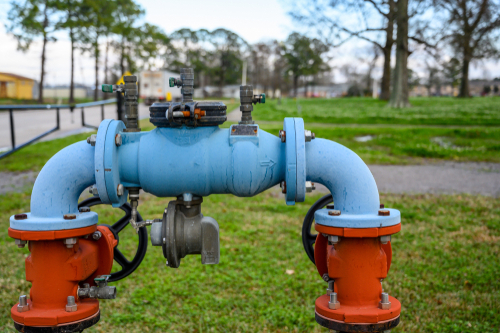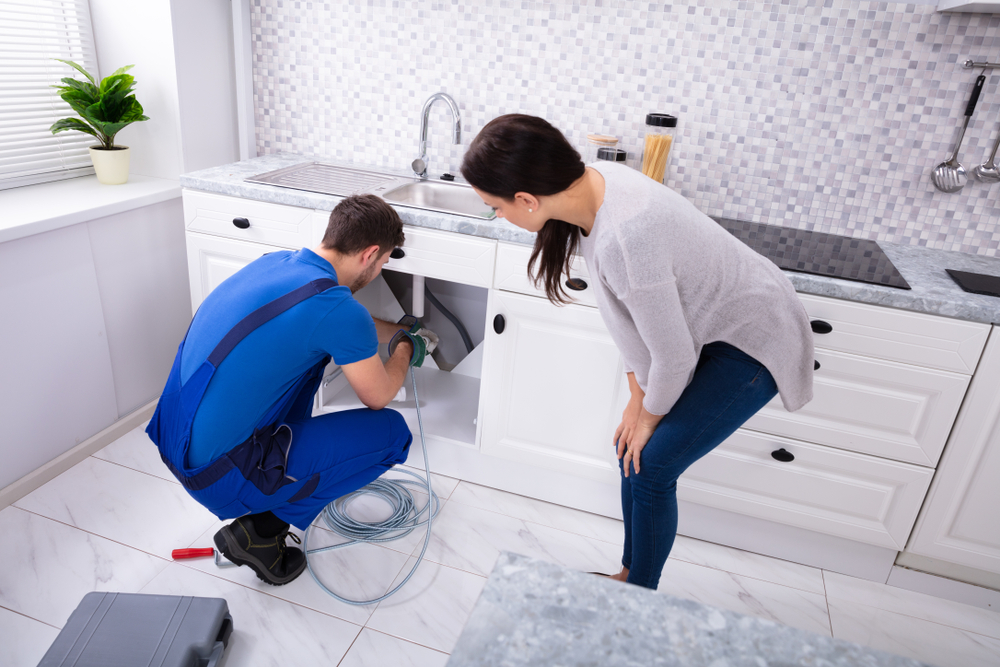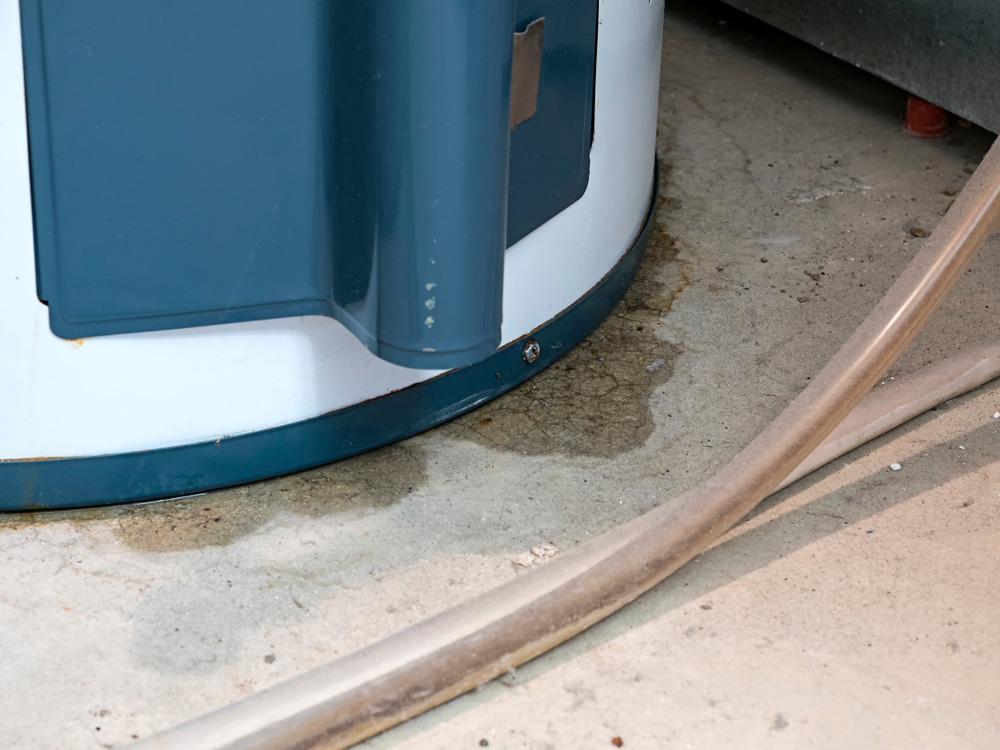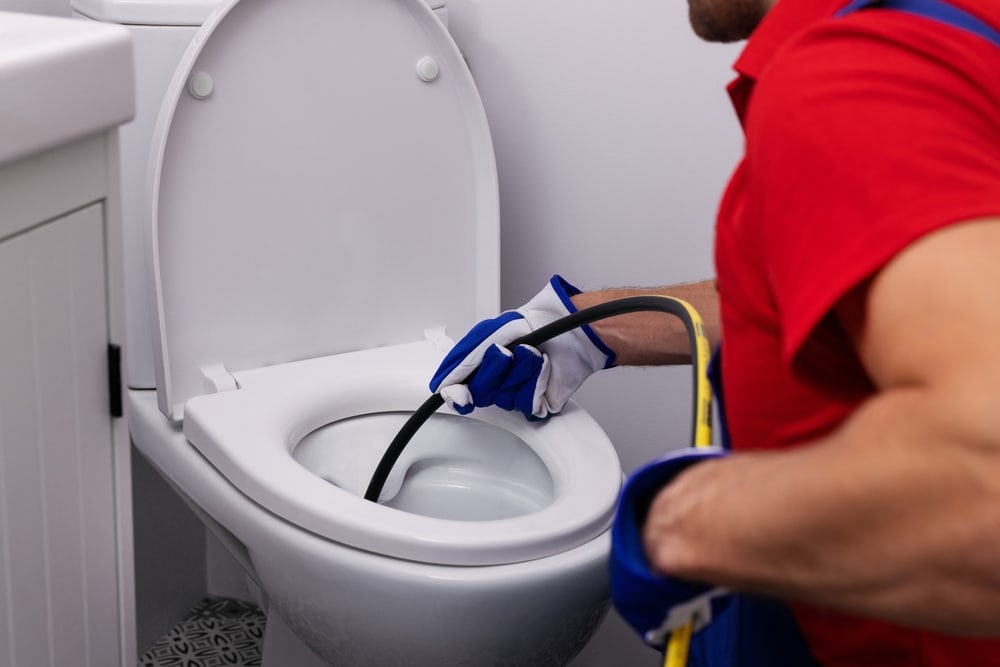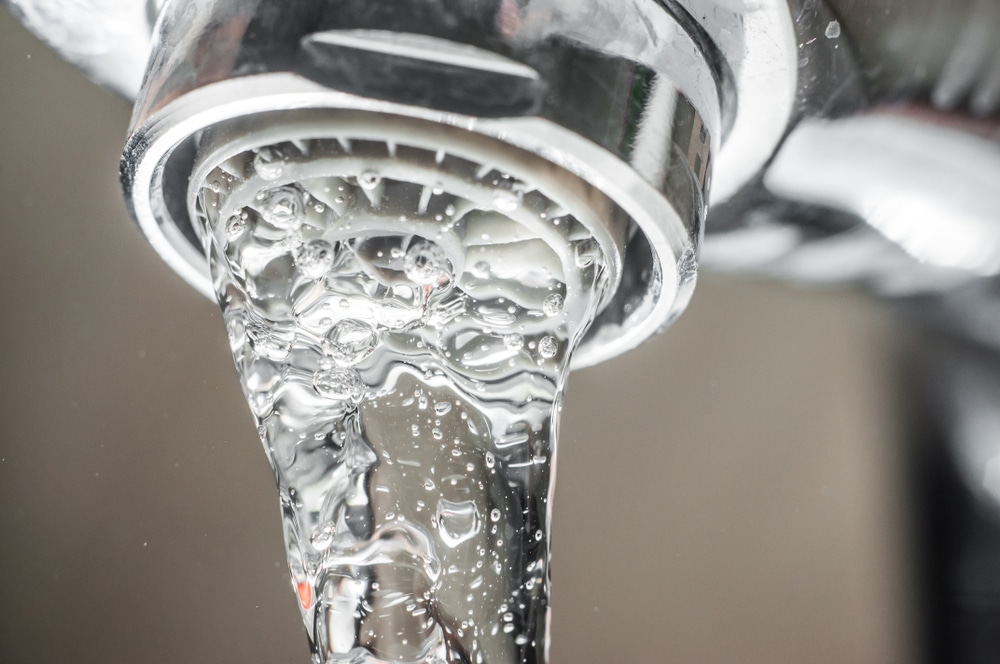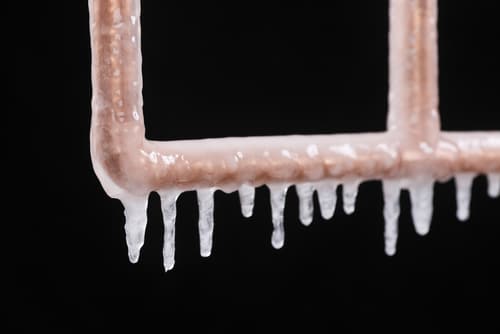Winter in Jackson, WY, brings freezing temperatures that can wreak havoc on your plumbing system. Frozen pipes are a common issue that can lead to severe damage and costly repairs. Understanding how to prevent your pipes from freezing is crucial for keeping your home safe and your plumbing system functional.
When water freezes inside pipes, it expands, putting immense pressure on the pipe walls. This can cause pipes to crack or even burst, leading to significant water damage and expensive fixes. Fortunately, there are steps you can take to protect your plumbing during the cold months, ensuring your pipes stay intact and your water flows smoothly.
Taking preventive measures like insulating your pipes and maintaining your home’s temperature can make a big difference. By being proactive, you can avoid the stress and expense of dealing with frozen pipes. This article will guide you through understanding why pipes freeze, how to insulate them, keeping your indoor temperatures safe, and what to do if you find your pipes have frozen. These tips can help you keep your plumbing system in top shape through the harsh winter months.
Understanding How Pipes Freeze and the Risks Involved
Pipes freeze when the temperature drops below 32 degrees Fahrenheit. The water inside them begins to solidify, expanding in volume. This expansion creates enormous pressure within the pipes, sometimes causing them to crack or burst. These problems often occur in pipes located in unheated or poorly insulated areas like basements, attics, and garages.
The risks associated with frozen pipes are significant. When a pipe bursts, it can lead to extensive water damage in your home. Water can flood your living spaces, damaging walls, floors, and personal belongings. Repairing the damage caused by a burst pipe can be costly and time-consuming, often requiring both plumbing repairs and home restorations.
Frozen pipes also hinder your daily activities. When pipes are frozen, you won’t have access to running water, making it difficult to perform essential tasks like cooking, cleaning, and bathing. Additionally, burst pipes can lead to mold growth from the resulting moisture, posing further health risks and additional cleanup costs.
Insulating Your Pipes: Methods and Materials
Insulating your pipes is one of the most effective ways to prevent them from freezing. Various methods and materials can help protect your pipes from the cold, ensuring they remain intact and functional throughout the winter. Here are some common options:
1. Foam Pipe Insulation: This is a popular choice for insulating pipes. Foam sleeves are easy to install and provide a protective layer around the pipes. Simply cut the foam to the length of your pipes and secure it with tape or zip ties.
2. Pipe Wraps: Pipe wraps are available in various materials like fiberglass or rubber. These wraps can be wound around the pipes, adding an extra layer of insulation. They are flexible and can be used on pipes of different diameters.
3. Heat Tape: Heat tape is an electrical solution that warms the pipes, preventing them from freezing. It can be wrapped around the pipes and plugged into an outlet. Be sure to follow the manufacturer’s instructions to ensure safe installation and use.
4. Pipe Insulation Kits: Many home improvement stores offer pipe insulation kits that include all necessary materials and instructions. These kits can simplify the process of insulating your pipes, providing a comprehensive solution.
Properly insulating your pipes can significantly reduce the risk of them freezing during the winter months. By taking these steps, you are protecting both your plumbing system and your home from potential damage. This simple preventive measure can save you from the hassle and expense of dealing with frozen pipes.
Maintaining Proper Indoor Temperatures to Prevent Freezing
Keeping your home at a consistent temperature is crucial for preventing your pipes from freezing. Even during extremely cold periods, maintaining an appropriate indoor temperature can protect your plumbing system. Make sure your thermostat is set to a minimum of 55 degrees Fahrenheit, especially when you are away from home. This ensures that your home stays warm enough to prevent ice from forming in your pipes.
Closing off unused rooms can help concentrate warmth in the rest of your home. However, make sure you keep open the doors to rooms where plumbing is located. This allows warm air to circulate around your pipes. Additionally, opening cabinet doors under sinks lets warmer air reach the plumbing inside, reducing the risk of freezing.
If you plan to be away during a cold snap, consider asking a neighbor or friend to check on your home. They can make sure the heating system is working properly and that your pipes are safe from freezing. Taking these preventive steps can help maintain proper temperatures and protect your plumbing system from cold weather risks.
Emergency Measures to Take If Your Pipes Do Freeze
Despite all precautions, pipes can still freeze in extremely cold conditions. Knowing what to do in this situation can minimize damage and restore water flow. If you suspect a pipe has frozen, here are some steps to follow:
1. Turn Off the Water Supply: First, locate your main water shut-off valve and turn it off. This prevents water from flowing into the frozen section and reduces the risk of a burst pipe.
2. Open Faucets: Open the affected faucets to relieve pressure and give the melting ice a place to escape. This can help prevent pipes from bursting as the ice thaws.
3. Warm the Pipes Gradually: Use a hairdryer, heating pad, or warm towels to thaw the frozen section of the pipe. Begin warming the pipe closest to the faucet and work your way back. Avoid using open flames or high heat, as these can damage the pipes.
4. Check for Leaks: Once the pipe is thawed and water is flowing again, inspect the pipe for any cracks or leaks. If you notice any damage, contact a professional plumber for repairs.
5. Take Preventive Action: After dealing with a frozen pipe, take additional measures to prevent it from happening again. Increase insulation, keep cabinets open, and ensure your home maintains a proper temperature.
Knowing these emergency measures can help you act quickly and reduce potential damage if your pipes do freeze.
Conclusion
Winter in Jackson, WY, brings significant challenges for homeowners, particularly when it comes to plumbing. Frozen pipes can cause extensive damage and costly repairs, but taking preventive steps can help you avoid these issues. Understanding how pipes freeze, effectively insulating them, maintaining proper indoor temperatures, and knowing emergency measures are essential in protecting your home during the cold months.
Proactive maintenance and vigilance are key in preventing frozen pipes. By following the tips outlined in this article, you can keep your plumbing system in good shape and avoid the stress and expense of dealing with frozen pipes. Remember, a little preparation goes a long way in ensuring your home remains safe and comfortable throughout winter.
If you need assistance with insulating your pipes or dealing with a frozen pipe emergency, reach out to the experts at Jade’s Heating and Plumbing LLC. Our professional team of plumbers in Jackson is ready to help you keep your plumbing system running smoothly. Call us today to schedule an appointment and get the peace of mind you deserve.


